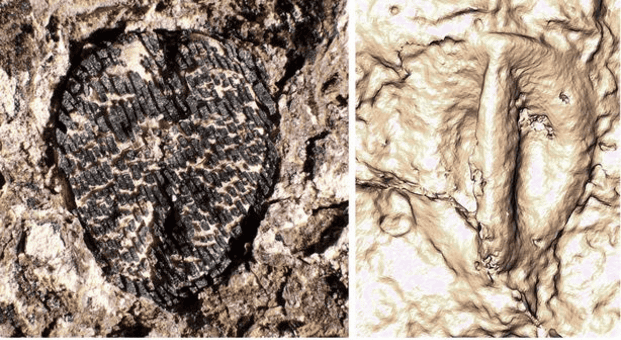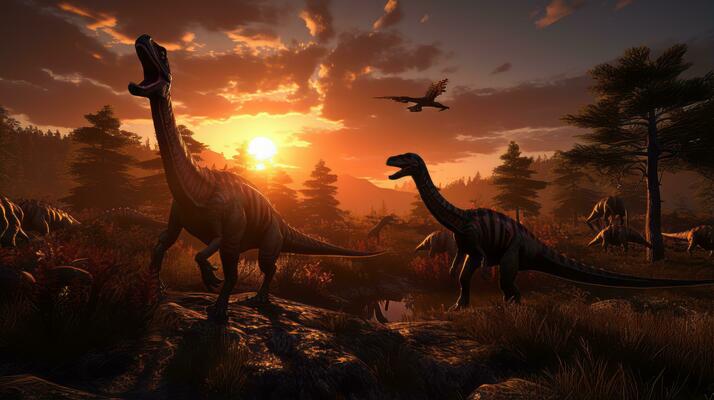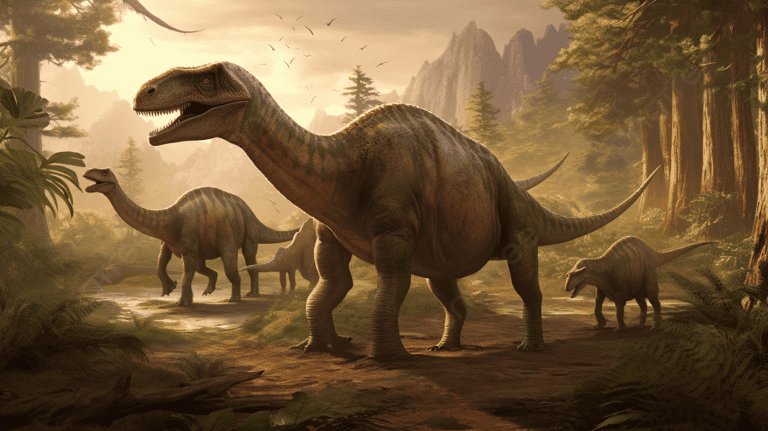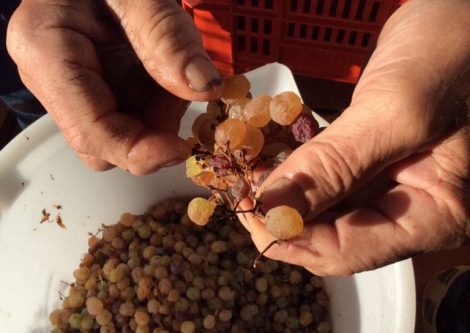by Carlotta Sanviti
A new scientific study suggests that the extinction of dinosaurs, which occurred around 66 million years ago, created the ideal conditions for the spread and prosperity of grapes. The discovery, based on fossil seeds found in South America, offers a new perspective on how mass extinction events can influence the evolution and distribution of plants. The study also highlights the rarity of soft tissue preservation in fossils, as fruits like grapes usually decompose quickly. Therefore, scientists often rely on seeds—which are more likely to fossilise—to understand what fruits were like millions of years ago.

Fossil grape seeds
In 2022, during fieldwork in the Colombian Andes, researchers led by Fabiany Herrera, curator of paleobotany at the Field Museum in Chicago (and lead author of the study), analysed fossil grape seeds dating from a period between 60 and 19 million years ago, discovered across Colombia, Panama, and Peru. Among these, one of the seeds represents the first known example of a grape family plant in the Western Hemisphere. The analysis suggests that the extinction of dinosaurs significantly impacted forest structure, promoting the growth of taller and denser trees. This new environment created an ideal habitat for grapevines, which could climb trees and thrive. "We always think of animals, dinosaurs, as those most affected by mass extinction," says Herrera, "however, this event had a profound impact on plants as well, changing forest composition and favouring the proliferation of species like grapes."

How Dinosaurs shaped forests
Mónica Carvalho, co-author and assistant curator at the University of Michigan's Museum of Paleontology, suggests that large animals like dinosaurs are known to modify their ecosystems. She believes that if large dinosaurs were present in the forest, they would probably knock down trees, leading to a more open forest structure than exists today. "The fossil records tell us that grapevines are a very resilient order, a species that has undergone many extinctions in the Central and South American region, but has also managed to adapt and survive in other parts of the world," says Herrera. The researchers also highlight the importance of this knowledge in the context of the current biodiversity crisis, emphasising how the disappearance of some species can have unexpected and far-reaching consequences on ecosystems. The study, published in *Nature Plants*, offers a fascinating example of how geological and biological events can intertwine and influence the evolution of life on Earth.


 Trump’s tariffs? Italian wine could lose up to €330 million a year
Trump’s tariffs? Italian wine could lose up to €330 million a year From Franciacorta comes the first extra virgin olive oil by Ca' Del Bosco
From Franciacorta comes the first extra virgin olive oil by Ca' Del Bosco Trump freezes tariffs: the beginning of a new (absurd) way of doing politics marked by volatility
Trump freezes tariffs: the beginning of a new (absurd) way of doing politics marked by volatility The 15 best value Aglianico del Vulture wines chosen by Gambero Rosso
The 15 best value Aglianico del Vulture wines chosen by Gambero Rosso One of the best Carbonaras in Rome is made by a trattoria that offers more than just traditional cuisine
One of the best Carbonaras in Rome is made by a trattoria that offers more than just traditional cuisine






